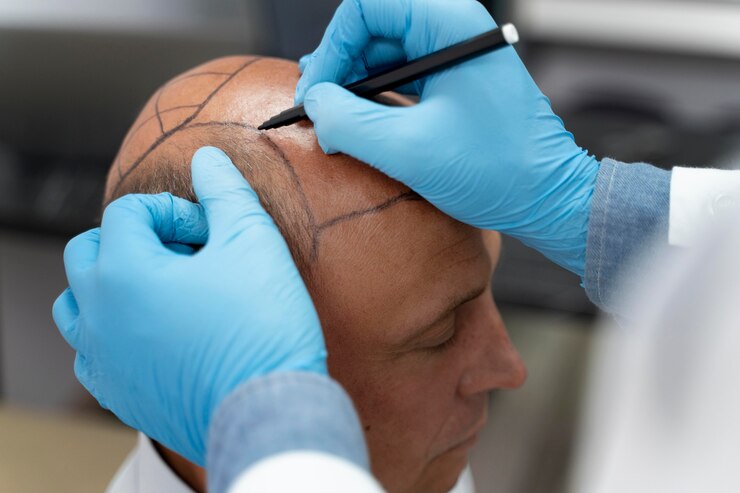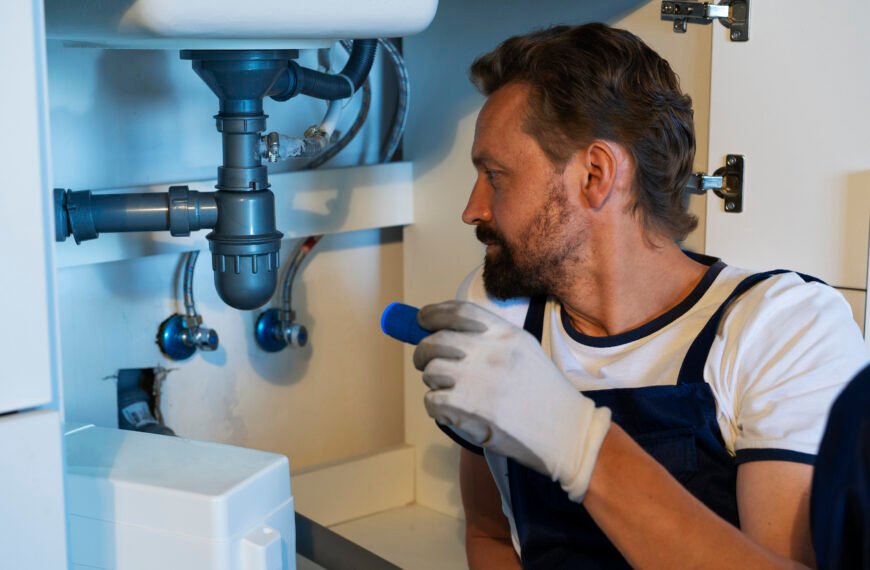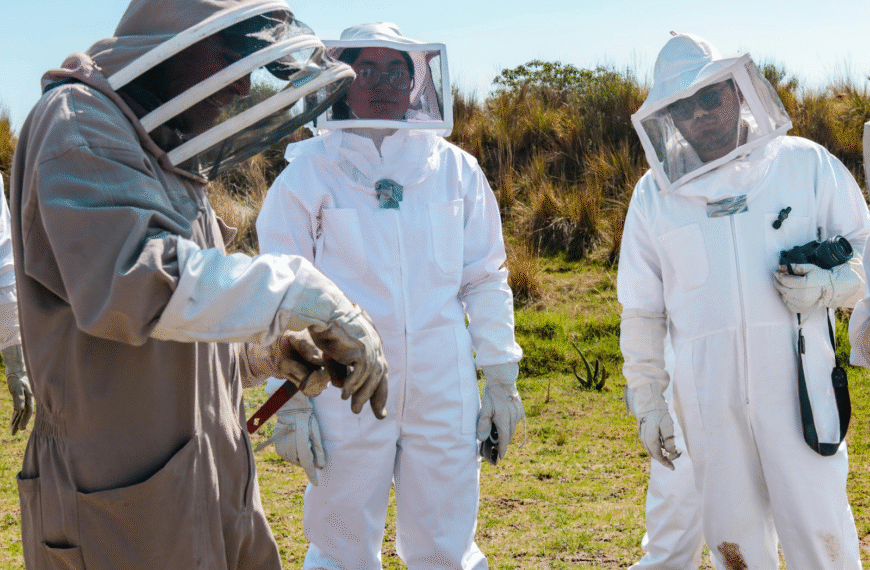Istanbul, a city straddling Europe and Asia, is not just famous for its tantalising cuisine, historic sites, and vibrant culture, but also for being a major hub for medical tourism, particularly in the field of hair restoration. The popularity of a dhi hair transplant can be attributed to the high standards of care combined with relatively affordable costs. Among the myriad techniques available, Follicular Unit Extraction (FUE) and Direct Hair Implantation (DHI) stand out as the most sought-after methods. This article delves into both techniques, examining their merits and limitations to guide prospective patients in making informed decisions.
Understanding FUE and DHI Techniques
The FUE method involves individually extracting hair follicles from a donor area, typically the back of the head, and implanting them in the balding regions. This technique is lauded for its minimally invasive nature, resulting in faster healing times and minimal scarring. Conversely, DHI takes the process a step further by using a pen-like device that simultaneously extracts and implants follicles. This simultaneous action potentially increases the viability of transplanted follicles since they spend less time outside the body.
Comparing Outcomes: Effectiveness and Aesthetics
Both FUE and DHI are known for producing natural-looking results, but their effectiveness might vary depending on individual cases. FUE allows for the coverage of larger balding areas, which makes it ideal for more extensive hair loss. DHI, with its precision-oriented approach, might be better suited for patients targeting more specific areas with less extensive hair loss. Practitioners in Istanbul’s clinics might recommend one over the other based on the unique pattern and severity of a patient’s hair loss.
Recovery and Post-Procedure Care
The recovery phase for FUE and DHI is relatively swift, especially when compared to older techniques such as the strip method. Nonetheless, patients are advised to refrain from strenuous activities immediately post-procedure to ensure optimal healing. The use of specialised products as recommended by the provider also plays a crucial role in nurturing the transplanted hair and donor areas. Istanbul’s clinics are known for offering comprehensive aftercare protocols, ensuring international patients feel supported even after returning home.
Cost Considerations
The financial aspect of hair transplants in Istanbul is a compelling factor for many international patients. Generally, the cost of FUE is lower than that of DHI, due to the advanced tools and time-intensive nature of the latter. However, prices can fluctuate based on the clinic’s reputation, the experience of the surgeon, and the extent of the procedure. Regardless of the price, ensuring the clinic adheres to international standards is paramount for long-term success and safety.
Read Also: Investing in Quality: How to Choose High-Quality Hair Extensions for a Natural Look
Conclusion
Choosing between FUE and DHI in Istanbul clinics can be a daunting decision for those embarking on the journey of hair restoration. Both techniques offer unique benefits suited to different needs and expectations. Prospective patients are encouraged to consult with experienced surgeons, consider their individual hair loss patterns, and weigh the nuances of both procedures to make a well-informed choice. As Istanbul continues to cement its reputation as a premier destination for hair transplantation, the emphasis should always be on quality and patient-centric care.
















